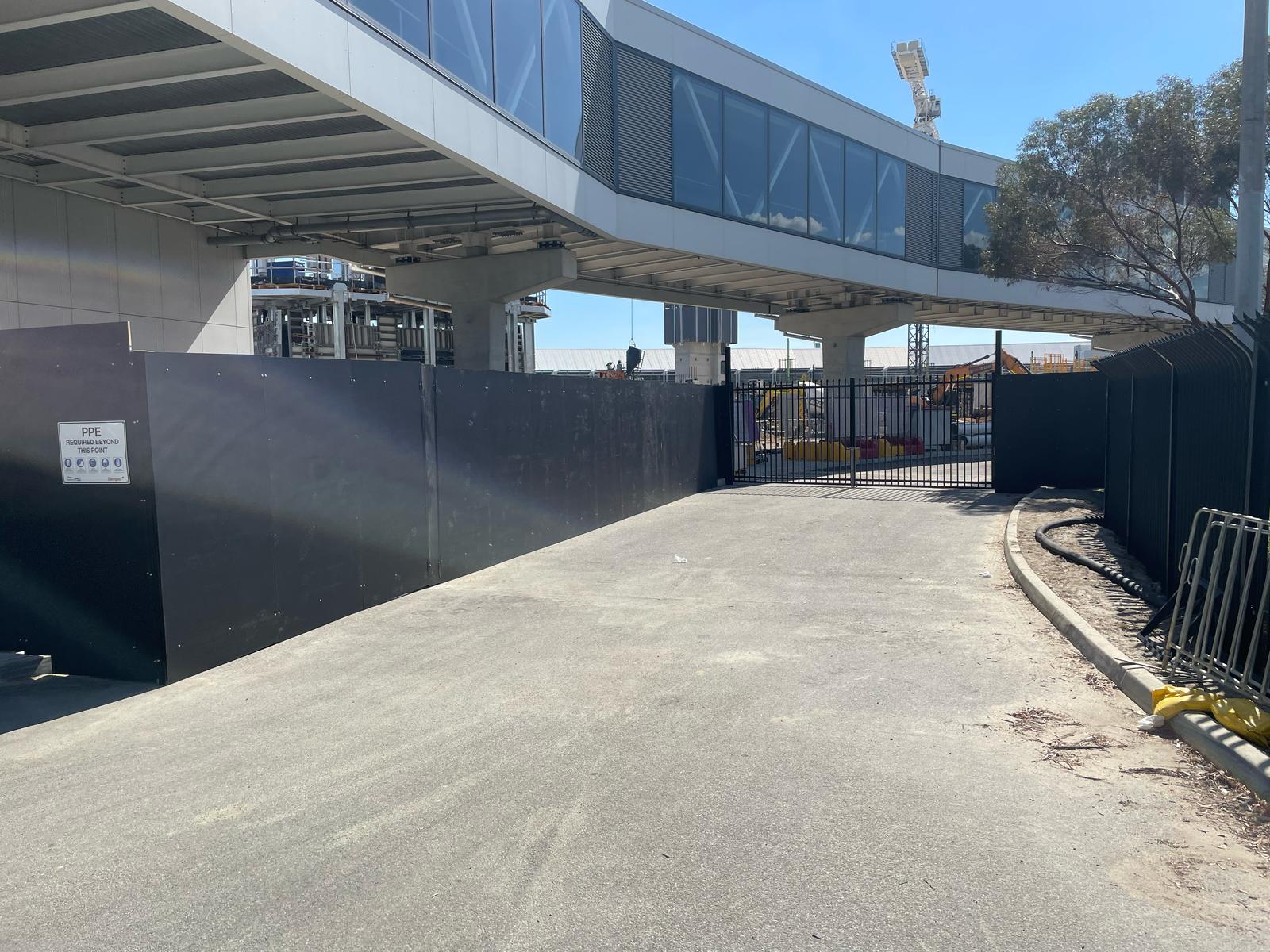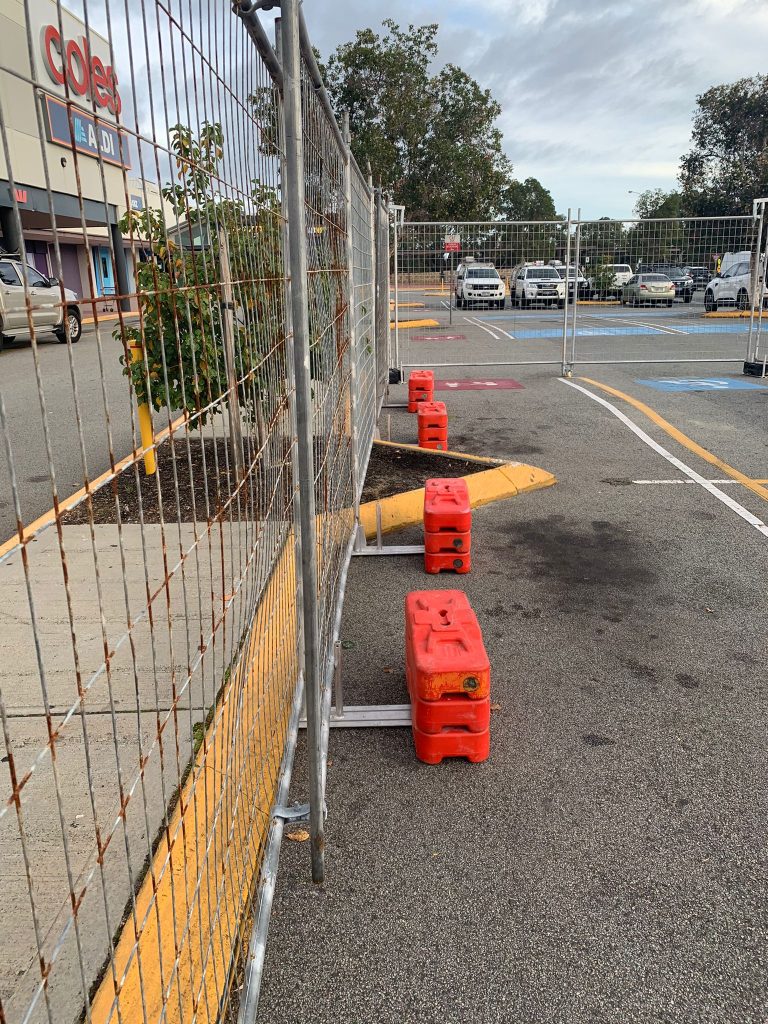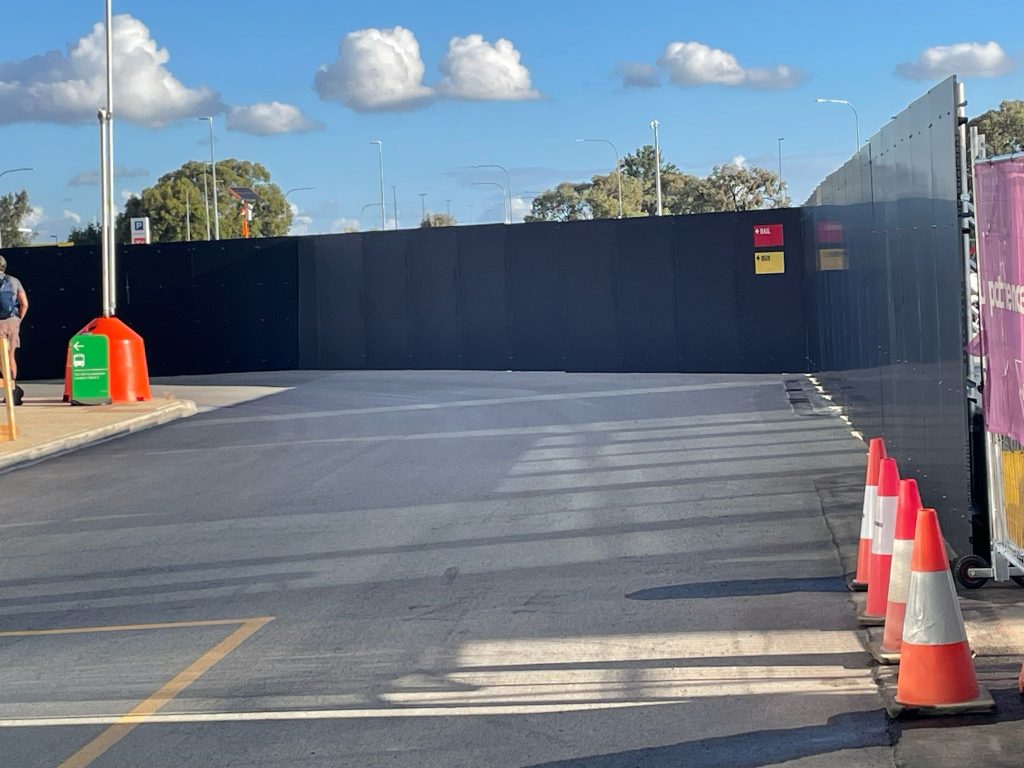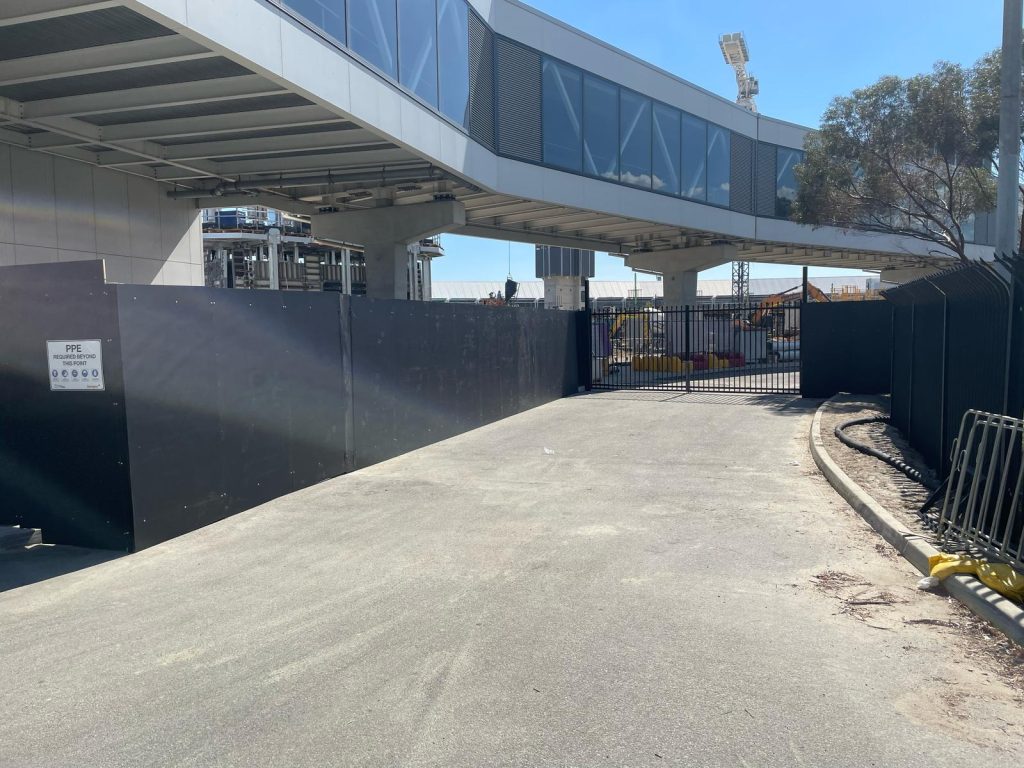
Is your site truly secure—or just compliant on paper?
For Perth’s builders and developers, the choice between temporary fencing panels vs. mesh fencing plays a significant role in meeting compliance standards, ensuring site safety, and managing public perception. With increasingly stringent regulations and greater scrutiny of construction practices, the decision is no longer just about cost—it’s about selecting the fencing solution that aligns with your site’s specific requirements.
This guide provides a clear, expert comparison to help you determine the most effective temporary fencing solution for your project in Perth.
Understanding the Key Differences
The debate around temporary fencing panels vs. mesh fencing centres on core factors such as security, flexibility, durability, and aesthetics.
- Temporary Fencing Panels: Modular, freestanding steel panels (typically 2.4m x 2.1m) anchored with concrete or water-filled bases. They are widely used across Perth construction and event sites due to their fast installation and ease of relocation.
- Mesh Fencing: A more permanent-style fencing system, usually comprising welded or chain-link mesh secured to driven posts. Often used for high-security or long-term sites, mesh fencing provides enhanced structural integrity and tamper resistance.
Understanding the distinctions between these two systems is essential for ensuring your site is both compliant and efficiently managed.
 Performance on Active Sites
Performance on Active Sites
Security and Stability
When comparing temporary fencing panels vs. mesh fencing, security is a critical consideration. Panels offer sufficient security for low-risk or short-duration sites but can be compromised in high-wind areas or through unauthorised access if not adequately braced.
Mesh fencing, particularly anti-climb variants, is significantly more secure. It resists tampering and is ideal for long-term developments, infrastructure upgrades, or locations where public interface is a concern.
Example: On the Metronet Yanchep Rail Extension project, mesh fencing was installed along rail corridors due to its resistance to vandalism, while temporary panels were used in flexible work zones.
Installation and Flexibility
Temporary fencing panels are ideal for fast-paced construction environments. Installation is quick and does not require ground disturbance—ideal for paved areas, underground utilities, or sites where layouts frequently change.
Mesh fencing requires post installation, making it more time-consuming to set up. However, it offers superior long-term durability and minimal maintenance, especially beneficial on sites that will remain active for extended periods.
For short-term or mobile works, such as road maintenance or pop-up civil projects, panels provide better flexibility. For staged developments or secured infrastructure zones, mesh fencing offers lasting performance.
Visual Impact and Community Considerations
The aesthetic difference between temporary fencing panels vs. mesh fencing can influence local community response and stakeholder perception.
Mesh fencing, particularly when powder-coated or fitted with screening, delivers a cleaner, more permanent appearance. This is particularly important for developments in high-traffic or residential areas.
Panel fencing, although more industrial in appearance, can be enhanced with branded mesh, acoustic barriers, or shade cloth to reduce dust and improve presentation. In councils such as the City of Vincent, developers are encouraged to maintain neat, screened fencing to reduce complaints.
Cost Considerations
While cost is an important factor, it should be weighed against project duration, site conditions, and security risks.
- Temporary fencing panels in Perth generally range between $7–$12 per metre per week to hire.
- Mesh fencing involves higher upfront costs but becomes more cost-effective over time on long-term projects due to lower maintenance needs and reduced risk of replacement.
When evaluating temporary fencing panels vs. mesh fencing, consider the total cost of ownership, not just initial hire rates.
Compliance and Safety
All fencing systems must comply with AS 4687:2007 Temporary Fencing and Hoardings, ensuring minimum standards for wind resistance, access control, and structural safety.
Temporary fencing panels must be correctly installed with ballast, bracing, and secure clamps to meet these standards. Improper installation can lead to non-compliance and potential liabilities.
Mesh fencing, with its anchored design, generally exceeds minimum compliance requirements—particularly in wind-prone areas like Perth’s coastal suburbs or hillsides.
Use Case Summary
Here is a practical guide to choosing between temporary fencing panels vs. mesh fencing:
Use Temporary Fencing Panels When:
- The site is short-term or mobile
- Ground penetration is restricted
- Fast installation and frequent relocation are required
- Budget constraints are a priority
Use Mesh Fencing When:
- The project spans 6+ months
- Enhanced security and durability are needed
- The site is high-profile, in public view, or within residential areas
- Compliance and wind resistance are paramount
Conclusion: A Strategic Decision for Site Success
When it comes to temporary fencing panels vs. mesh fencing, the best choice depends on more than just budget—it requires a strategic understanding of your project’s scope, timeline, and site environment.
In Perth’s evolving construction landscape, where site safety and community impact are under constant review, choosing the appropriate fencing solution is a reflection of your commitment to professionalism and risk management.
Take the time to assess your site’s fencing needs at each stage of the project. The right investment now can save time, reduce liabilities, and ensure smoother project delivery.







